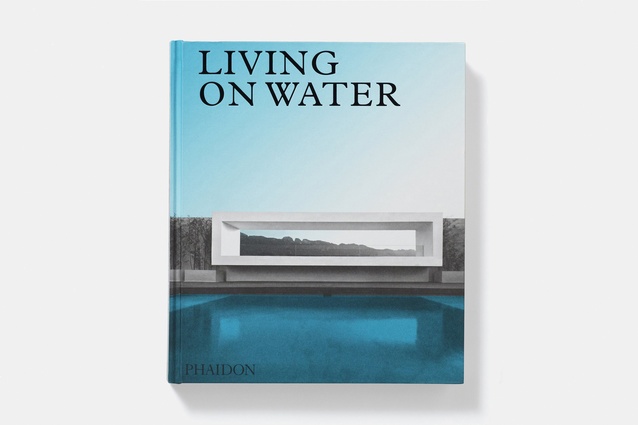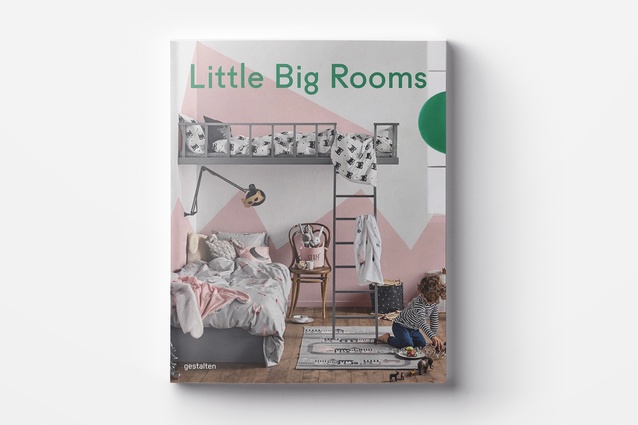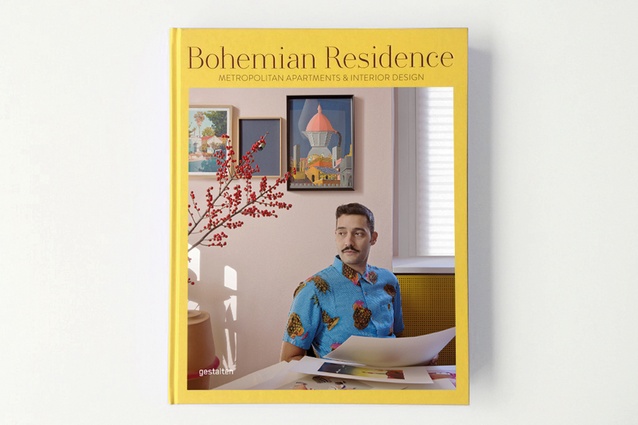Bookshelf: September edition
We take a look at three architecture and design books that are carrying us through to Spring.
Living on Water: Contemporary Houses Framed by Water
Edited and published by Phaidon
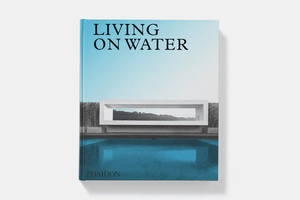
A sea view – or proximity to any body of water – is universally coveted in real estate terms and there are many ways to take advantage of an aquatic landscape. Divided into three sections – Built to look at water, Built on water and Built to reflect water – this book presents the best solutions for watery abodes from top architects around the world.
Each project is given two or three spreads with lovely, slightly bleached-out, unframed images of the house in its context and a short, bite-sized explanation of the location and the design. Some of the houses, like the Casa del Acantilado in Spain, are big-budget feats of design – the upper level of this house cantilevers over a steep bank above the sea – while others are simply excellently executed ideas, like the Pole House in Australia, seated on a pole above the seaside bush, or the Rock House on a rocky outcrop in Norway.
If your dream home is close to water (and most are), this book will not disappoint; however, be warned, it may cause extreme feelings of envy.
Book review by Camille Khouri
Little Big Rooms: New Nurseries and Rooms to Play in
Edited and published by Gestalten
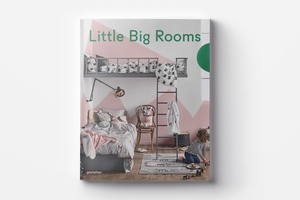
No longer a jungle of toys and stickered-over furnishings, kids’ rooms are now big business and provide opportunity for home-owners to do something creative with space and furniture. This book is filled with ideas for bedrooms your kids will want to hang out in, from hidey-holes and creation stations for the littlies, to loft beds and themed rooms. There are more elegantly designed teenage spaces as well, which might prevent the urge to plaster the walls in posters.
There are also a lot of ideas for how to transform the rest of your home into a kid-friendly haven, such as creating reading nooks under the stairs, elegant and fun storage for toys to stop them overflowing into family areas, and introducing whiteboard and blackboard walls in unexpected spots around the house to inspire creativity.
Book review by Camille Khouri
Bohemian Residence: Metropolitan Apartments & Interior Design
Edited and published by Gestalten
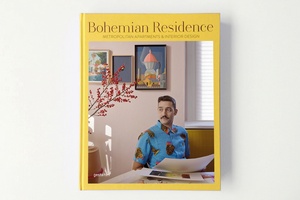
Playful, quirky or eclectic combinations of colours, patterns, materials and objects are often what make interiors memorable and happy homes in which to live. Collections of favourite objects can be the inspiration for bohemian spaces – a way of harmoniously tying everything together. The bohemian approach can be the perfect way to create a balanced design from random stuff you don’t want to throw away, such as items picked up during travels, lovingly crafted objects, favourite fabrics and rugs, inherited furniture and artworks, or the blend of a couple’s treasured items, which reflect two very different styles.
Urban apartment interiors in the US and around Europe celebrate this kind of diversity and eccentricity, while the work of eight interior design studios is profiled, providing a smorgasbord of originality and charm. Some of the interiors become elegant in their eclecticism while others border on kitsch – in a good way.
Book review by Justine Harvey

